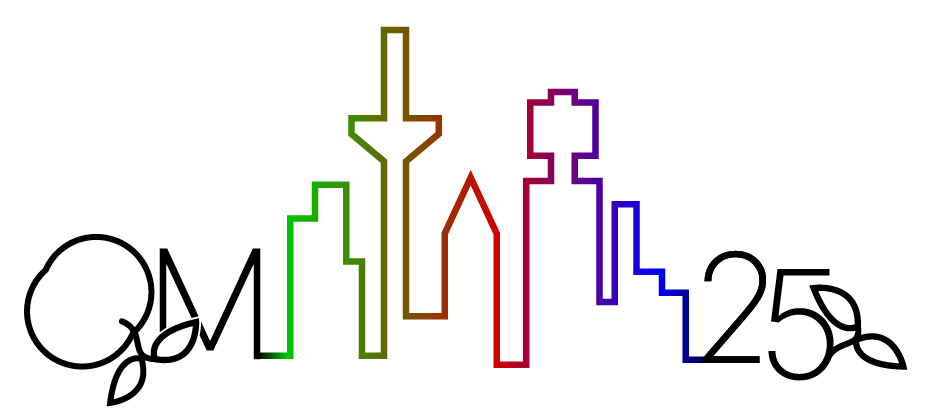Speaker
Description
Chiral Magnetic Effect (CME) is a phenomenon in which electric charge is separated by a strong magnetic field from local domains of chirality imbalance and parity violation in quantum chromodynamics. The CME-sensitive observable, charge-dependent azimuthal correlator $\Delta\gamma$, is contaminated by a major physics background proportional to the elliptic flow ($v_{2}$) of particles of interest (POI's). Event-shape engineering (ESE) [1] and event-shape selection (ESS) [2] are two methods to search for the CME by projecting $\Delta\gamma$ to the $v_2=0$ intercept. The former groups events according to the elliptic anisotropy vector $\vec{q}_2$ of particles in phase space different from that of POI's, thus to the dynamical fluctuations of the POI's $v_2$, whereas the latter groups events according to $\vec{q}_{2,{\rm pair}}$ of pairs of POI's themselves, thus to the statistical fluctuations of the POI's $v_2$. In this talk, we conduct a systematic study of these two methods using physics models as well as toy model simulations [3].
It is observed that the ESE method requires significantly more statistics than the ESS method to achieve the same statistical precision of the intercept, because of the limited dynamical fluctuation range of $v_2$ than that of statistical fluctuations.
It is found that the ESE method can faithfully probe the CME when the $\vec{q}_2$ phase space is distanced from the POI's, while nonflow effect cannot be neglected when the $\vec{q}_2$ and POI's phase spaces are close. The ESS method, on the other hand, is obscured because of the intertwining $\vec{q}_{2,{\rm pair}}$, $v_2$, and $\Delta\gamma$, all of which are computed from the same POI's. It is found that the intercept from the ESS method depends on the details of the event content, such as the relative mixtures of background-contributing sources, and thus is not a robust measure of the CME.
[1] J. Schukraft, A. Timmins, and S.A. Voloshin, Phys. Lett. B 719 (2013) 394.
[2] Z. Xu, B. Chan, G. Wang, A. Tang, and H.Z. Huang, Phys. Lett. B 848 (2024) 138367.
[3] H. Li, Y. Feng, and F. Wang, arXiv:2407.14489.
| Category | Experiment |
|---|
